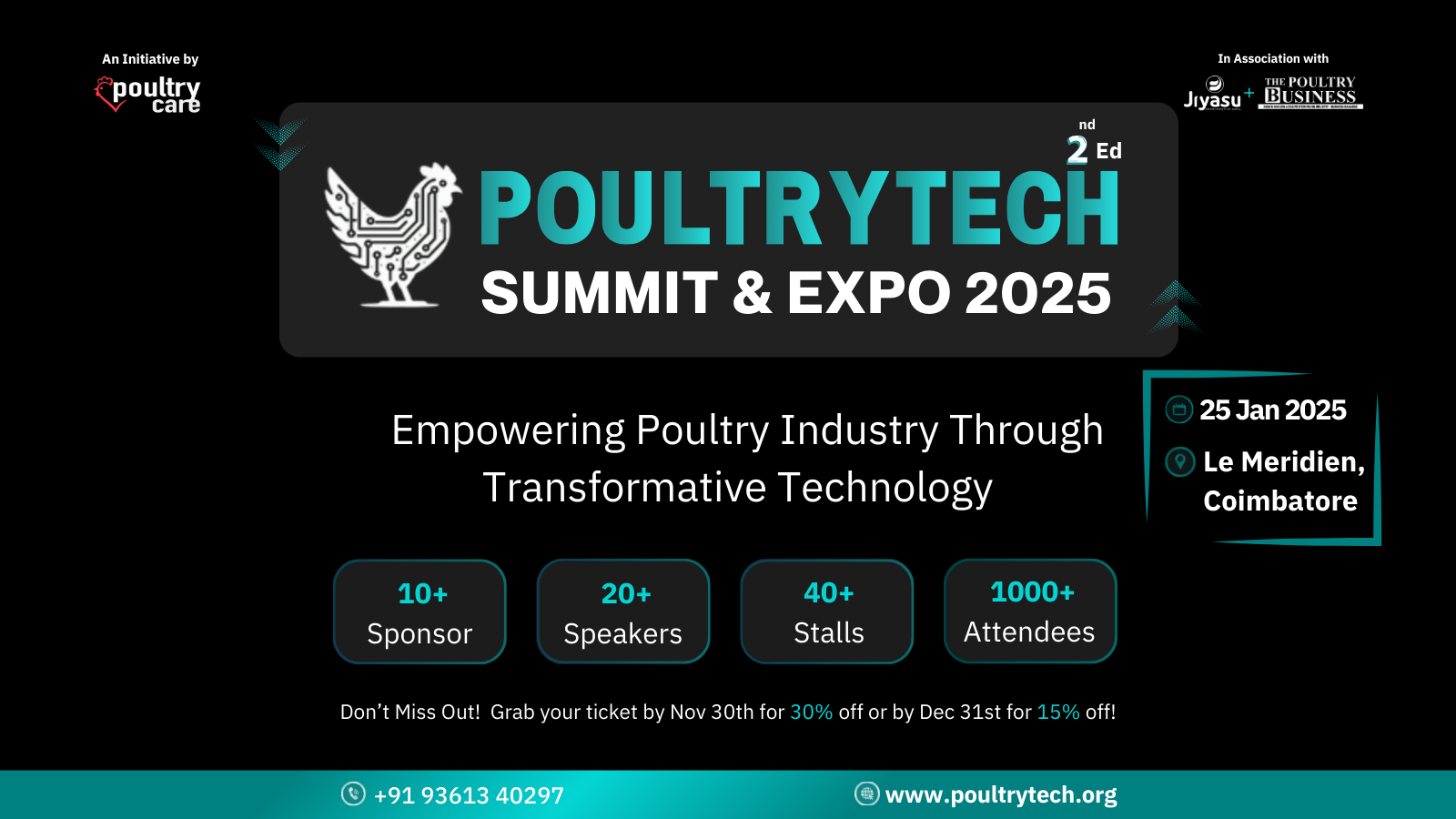Poultry farming has come a long way from what it was in earlier days. Today, farming does not end at raising birds. It now continues beyond live bird sales into how the meat is handled, packed, and delivered to the market. Customers are changing. Markets are growing. Regulations are becoming strict.
For many poultry farmers, especially those who are part of feed mill or broiler operations, meat processing may feel like a distant part of the business. But the truth is it directly connects to the effort they put in from day one. Better processing means better returns, more trust in the market, and less wastage.
In this blog, we will walk through some of the major shifts happening in poultry meat processing and what farmers can do to stay ready.
Changing Consumer Habits and the Rise of Clean Packaged Chicken
One of the biggest shifts is how customers now buy their chicken. People no longer want to deal with live birds. They want clean, ready-to-cook, or even marinated chicken that can go straight into the pan. This change is not just in cities but even in tier-two towns and smaller markets.
For the farmer, this change is important. If the farm is only focused on live bird sale, the profit margins will remain tight. But if the birds are routed through even a small processing setup that offers clean cuts or vacuum packing, the value automatically goes up.
What farmers can begin to do is plan bird supply according to processing schedules and make partnerships with small processing facilities that are appearing in many regions. Even basic steps like proper bleeding, cleaning, and chilling before delivery make a big difference in quality perception.
Hygiene and Safety Are Now Business Essentials
A key part of poultry meat processing is cleanliness. The demand for hygiene is not just from health officers or export houses. Everyday customers now look for packed chicken that looks clean, smells fresh, and stays good for a few days in their fridge.
Cleanliness at the processing stage depends on more than just the equipment. It begins with the way birds are handled before dressing, how quickly they are chilled, and how the surroundings are maintained. Even the layout of a small-scale unit can affect quality.
Farmers involved in broiler integration or contract growing must start visiting the end units where their birds are processed. A small change in how the birds are loaded or how they are kept before slaughter makes a noticeable difference in quality.
Good hygiene also reduces meat rejection rates, customer complaints, and returns from retailers. It increases shelf life and makes the product look trustworthy in the eyes of the buyer.
From Farm to Market Cold Chain Must Not Break
Chilling and storage remain one of the biggest challenges in meat processing. A lot of farms raise good birds and even process them well but lose out at the transport and storage stage.
Once the chicken is dressed, the clock starts ticking. It must be chilled quickly and kept at a stable temperature all the way to the retailer. Many small farmers think cold chain is only for exporters or large brands. But even local customers notice if meat turns color or smells strange by evening.
Small steps like installing mobile chillers, using insulated boxes, or tying up with cold transport services can make a big impact. Some farmers are now delivering directly to shops and households using chilled two-wheelers and seeing better response from customers.
When the cold chain works well, wastage goes down. Shrinkage due to spoilage becomes less. Buyers trust the product more and are willing to pay a slightly higher rate.
Traceability is No Longer a Luxury
Today’s meat buyers are asking questions that were never asked before. Where was this bird raised. What feed did it eat. Was it given any antibiotics. Was the meat packed in a clean environment.
Traceability means being able to answer these questions confidently with records. From chick placement to harvest and processing, each step should be noted down.
Farmers who grow contract broilers especially must understand that the quality of documentation can open or close doors to premium buyers. Hotels, hospitals, retail chains, and export buyers all want traceable meat.
Keeping farm and processing data in notebooks or scattered spreadsheets makes it hard to respond quickly. Many poultry businesses are now training their supervisors to record and access data in simple systems so they can respond to buyer queries within minutes.
This habit also protects the farmer. If ever there is a complaint or rejection, good records can show that the farm did its job well and shift focus on the actual point of failure.
Waste is a Cost When Ignored But Income When Managed
Processing poultry meat generates waste. Feathers, blood, offal, and wastewater all pile up every day. When not managed properly, they cause bad smell, attract flies, and even draw the attention of health officials.
But that same waste can be turned into byproducts. Feather meal, blood meal, compost, and fish feed are some common examples. Farmers who partner with waste handlers or set up basic waste processing units are now earning an extra stream of income from what was earlier thrown away.
Waste management also protects the brand. A clean processing area with well-managed disposal earns respect from buyers and helps in getting government approvals.
Even wastewater from cleaning can be filtered and reused for cleaning non-food areas. These practices help reduce water usage and avoid unnecessary spending on fines or complaints.
Better Coordination Between Feed Mill and Processing for Maximum Efficiency
In many poultry operations, the feed mill works independently from the processing unit. This leads to confusion and lack of clarity when something goes wrong. If birds are underweight or meat yield is low, no one knows where the problem started.
But some farms are now connecting these dots. They track which feed formula gave better weight gain and how it affected final meat quality. They also study if some feed combinations lead to more fat and lower meat percentage.
When both feed and processing teams share data, they can make better decisions. This helps in reducing cost per bird, improving meat quality, and settling payments fairly across the chain.
Farmers can start this habit by just comparing feed batch and bird batch side by side with their dressing results. Even this small step can reveal a lot and help improve the next cycle.
The poultry meat processing journey is evolving and every farmer has a role in this change.
Farms that stay informed and adapt early will not only survive but also thrive in the changing market.



